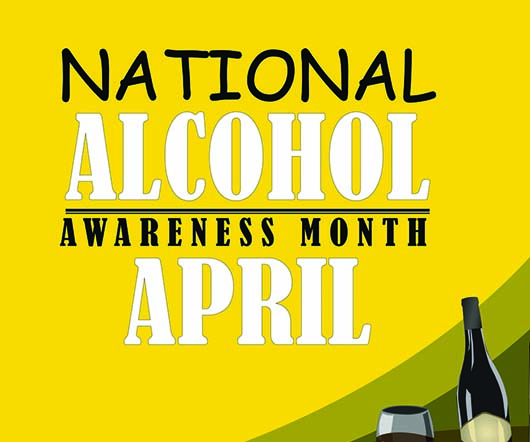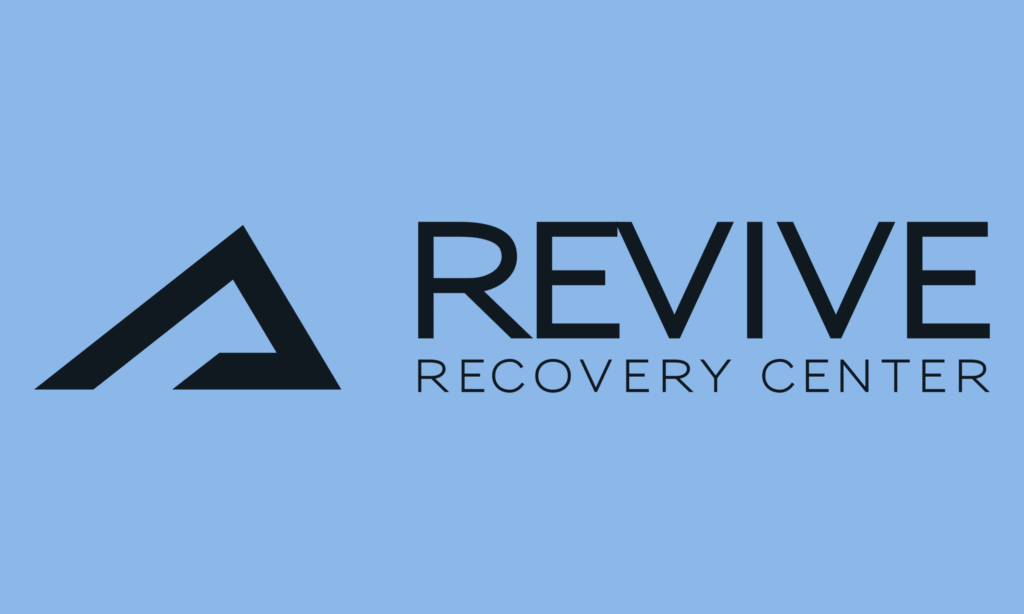C O M M E N T A R YBy Barby Ingle, PresidentPower of Pain Foundation Over the past few years conversations on opioid use have become more about the...
C O M M E N T A R Y
By Barby Ingle, President
Power of Pain Foundation
Over the past few years conversations on opioid use have become more about the people abusing these medications and less about the patients who use them correctly.
In the midst of abuse and diversion of prescription opioid medications, a negative spotlight is being shown to the public with attention on the health and societal consequences of what the abusers are doing with these medications. I propose we move the conversation of opioid use forward in a productive and positive patient health focus approach. We need to address restricting the access to those who are abusing their medications while keeping those who are in compliance from any penalty. We need to ensure the patients in pain have appropriate access to opioid analgesics.
Call to Action
Prescription opioid analgesics are an important component of modern pain management. Abuse and misuse of these products, however, have created a serious and growing public health problem. The Food and Drug Administration (FDA) has worked to address this problem while ensuring patients who are in pain have appropriate access to opioid analgesics. Providers and pharmaceutical companies are working hard to provide access to care.
A call to action is needed to decrease opioid abuse and increase abuse deterrent formulations (ADF), allowing chronically ill pain patients who are properly taking prescription better access to life giving medications. Opioids remain an important option in the treatment of chronic pain. The Institute of Medicine recently put out a report on the state of chronic pain in the U.S. This report shows that pain is a major public health problem, which is costing the U.S. up to $635 billion a year in added health costs and lost productivity.
I have seen first-hand that ADF are an important component of modern pain management and a high public health priority. Many of my friends who are in chronic pain have limited choices and access to care, which does not involve opioids. Logically, these medications are a low cost and effective form of treatment, which can and will help the mass population of people who suffer with pain diseases.
One important step towards the goal of creating safer opioid analgesics has been the development of opioids that are formulated to deter abuse. The FDA considers the development of these products a high public health priority. I propose that we employ the use of opioid medications more effectively through the use of ADF. As a leader in the pain community and someone who advocates for thousands of pain patients each year, I strongly believe we can combat the issues of abuse while still giving patients who need pain relief a safe, effective and accountable access to these medications.
We need to change our policies to develop a strong, lasting solution to this health crisis. There are four major actions we can take to ensure access to care remains a high priority for those millions of pain patients who need the medications and are taking them responsibly while deterring abuse.
States need to define ADF based on FDA guidance.
Push for legislation which supports non-ADF products from being substituted by pharmacists for ADF, without approval of the prescribing health professional. This legislation should ensure that unless the substituted opioid is also a non-ADF or consent is obtained from the prescribing health professional, a pharmacist would be prohibited from substituting another opioid for an ADF.
The pain community and future legislation should advance patient safety. State legislation should place a high priority on ADF opioid marketplaces where more ADF treatment options exist and pharmaceutical companies are encouraged to create these safer medications making them more readily available for pain patients.
It will also prove beneficial that we support the removal of barriers to non-opioid therapies as a first line of treatment for pain.
Removing barriers to the use of branded and non-branded, non-opioid pain medications will allow patients greater options with less chance of becoming dependent on them. Providing medications including ADF can be done through physical and chemical barriers: chewing, crushing, cutting, grating, or grinding must be prevented. Chemical barriers can resist extraction of the opioid using common solvents like water, alcohol, or other organic solvents. An opioid antagonist can be added to interfere with, reduce, or defeat the euphoria associated with abuse. The antagonist can be sequestered and released only upon manipulation of the product.
For example, a drug product may be formulated such that the substance that acts as an antagonist is not clinically active when the product is swallowed but becomes active if the product is crushed and injected or snorted. Substances can be combined to produce an unpleasant effect if the dosage form is manipulated prior to ingestion or a higher dose than directed is used. Certain methods of drug delivery can offer resistance to abuse. For example, a sustained-release depot and injectable formulation that is administered intramuscularly or a subcutaneous implant can be more difficult to manipulate. Any combination of two or more of the above methods can be used to deter abuse even further. ADF will have the most value if they are universally adopted so people cannot switch to other medications that do not have the correct formulation.
We know we must find a balance between the pain patients who truly need opioid medication for daily living and those who are abusing them.
The responsible patients should not be punished by the crackdown on prescription drugs and opioid abuse. There is a need to stem the tide of drug abuse, but not at the detriment to those who need proper and timely care and access to tools for better daily living so they may function in a more productive way in our communities and provide greater benefit to society as a whole.


























